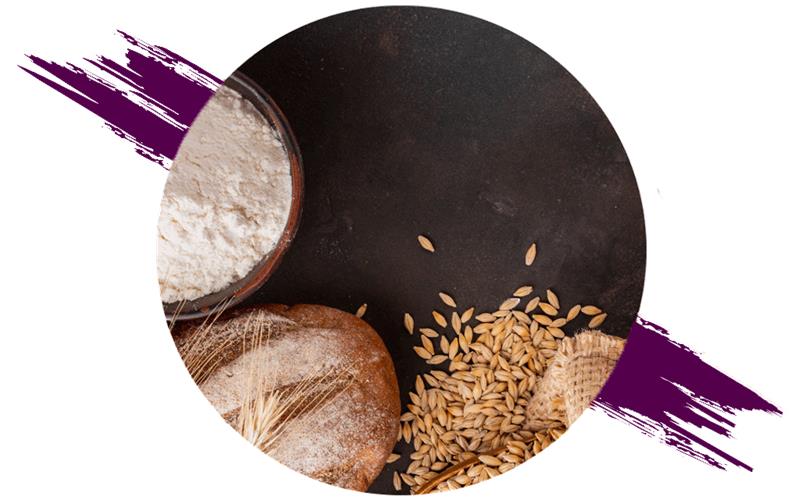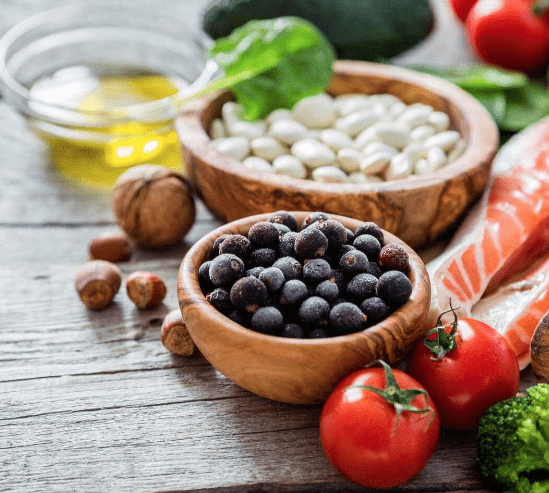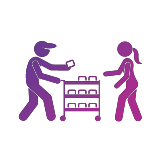Safety, Quality and Regulatory Compliance
At Food Research Lab, we give significance to the following aspects of developing a successful herbal product. Any ingredient incorporated into the formulation needs to achieve its intended function in the human body at the same time, must adhere to safety guidelines. We substantiate our formulation in terms of the medicinal ingredients, quantity, recommended dose, route of administration, duration of use, dosage form, directions of use, and risk information based on pharmacopeial evidence for traditional products. The article “Importance of Assay of active compounds and markers in Herbal Products” will be useful in knowing the methodology and variables associated with the assay of active compounds and markers in herbal products.
Based on the type and category (1, 2 & 3) of herbal products, we perform safety studies, and this includes acute toxicity, long-term toxicity, organ targeted toxicity, immunotoxicity, embryotoxicity, genotoxicity and carcinogenicity. At FRL, we substantiate this from many different types of scientific investigation, including secondary research for existing ingredients. We refer to the general literature such as handbooks specific to the individual form of therapy, official monographs such as WHO monographs and other authoritative data, and the work in reputable, peer-reviewed journals. We search both online and offline databases such as the WHO Adverse drug reaction database, National Library of Medicine’s Medline etc.

For nonpharmaceutical evidence (novel herbal formulation), we provide evidence supporting the safety and efficacy of the product from clinical studies, pharmacopoeias and textbook references and peer-reviewed articles. Along with it, we carry toxicity, pharmacodynamics, and pharmacokinetics, reproductive effects, the potential genotoxicity or carcinogenicity of an ingredient based on previous marketing experience of a finished product. Data for this will also be derived from the purity and sustainability of the components (e.g., metal test), chemical comparisons and analysis, activities (e.g., ORAC or oxygen radical absorbance activities), testing in animal models, genomic/gene expression studies, in vitro bioassays and, most compelling of all, human clinical testing. Through years of expertise and knowledge, we bring in the right solutions that fit your requirements. Know the limits of allowable limits of heavy metal in herbal preparation by accessing the article “Heavy Metals in Herbal Preparations”

Regulatory Compliance for Herbal Formulations
We follow a specific set of regulations that a product must adhere to. This includes manufacturing flow chart, solvents, quantitative ingredient lists, physical characteristics, GMO status, certifications, radiations, pesticide/chemical/ residue, contaminants, microbiology, allergens, animal derivation, and safety (Standard Material Safety Data Sheet – toxicity or clinical testing). We ensure to clear the ingredient supplier completes clearance through the target country’s regulatory agency prior to its inclusion in formulas. To know more about the regulatory guidelines, refer to the article Regulations and guidelines governing the maximum allowable limits of heavy metals in herbal products.
Quality in Herbal Formulations
We follow quality measures to ensure the products are safe from both the supplier and the buyer’s perspectives by strictly complying with the globally acceptable quality standards in relevant pharmacopoeias of the specific country (e.g., Ayurvedic Pharmacopoeia of India, Homeopathic Pharmacopoeia). We carry out well-established and acceptable Marker Chemistry (e.g., HPLC, TLC, GC etc.), which is currently sued in the quality control of traditional herbal medicinal products. Referring to the article “Chromatographic Profiling Techniques used in Plant Identification” will help to know more details about output of the chromatographic profiling such as TLC, HPLC, and GLC.
Further, we conduct microbial (e.g., Aspergillus flavus and Aspergillus parasiticus, Pseudomonas, aflatoxin, mycotoxin, Salmonella, Escherichia Coli – 101 for the finished product, 104 for raw material), heavy metal analysis (e.g., contamination due to heavy metals such as lead, arsenic, cadmium kept below the regulatory limits), Contamination (e.g., metal flakes from machinery), physical characteristics (e.g., powders for tablets must have low moisture content), toxicological, clinical trial data, excipients (e.g. antimicrobial preservatives, antioxidants), and stability (e.g., the time for a product from initial production). We use compendium methods (USP and European Pharmacopeia) for an extensive validation process. For instance, for our client in Europe, Food Research Lab research team offer bibliographic evidence to show that product has been in medicinal use for at least 30 years, including at least 15 years within the European community. To confirm the quality and safety of products we made, refer to the article “Summarizing the Marker Substances, methodologies, and Purposes”.
Read our latest
Sustainability Report
We Keep as it
Why Choose FRL as Your FPD Consultant and partner?
There are several options in almost every product area in today’s market, and the difficulty is in coming up with unique items that stand out and connect with customers. Food Research Lab takes a holistic approach to creating food and beverage products. We define, demographically target, and build effective goods through a sequential process for category selection and comprehension. The client can visit the lab to learn the process. We offer unlimited rounds of revisions to ensure customer satisfaction. The final product prototype, along with the documentation process, including the video (through email), will be shipped to the client, and in case the client is not satisfied with the video, a food technology consultant will visit the place for the product demo at the client’s costs.


Let’s create something Innovative and Delicious together
Food Research Lab strives for excellence in new Food, Beverage and Nutraceutical Product Research and Development by offering cutting edge scientific analysis and expertise.




